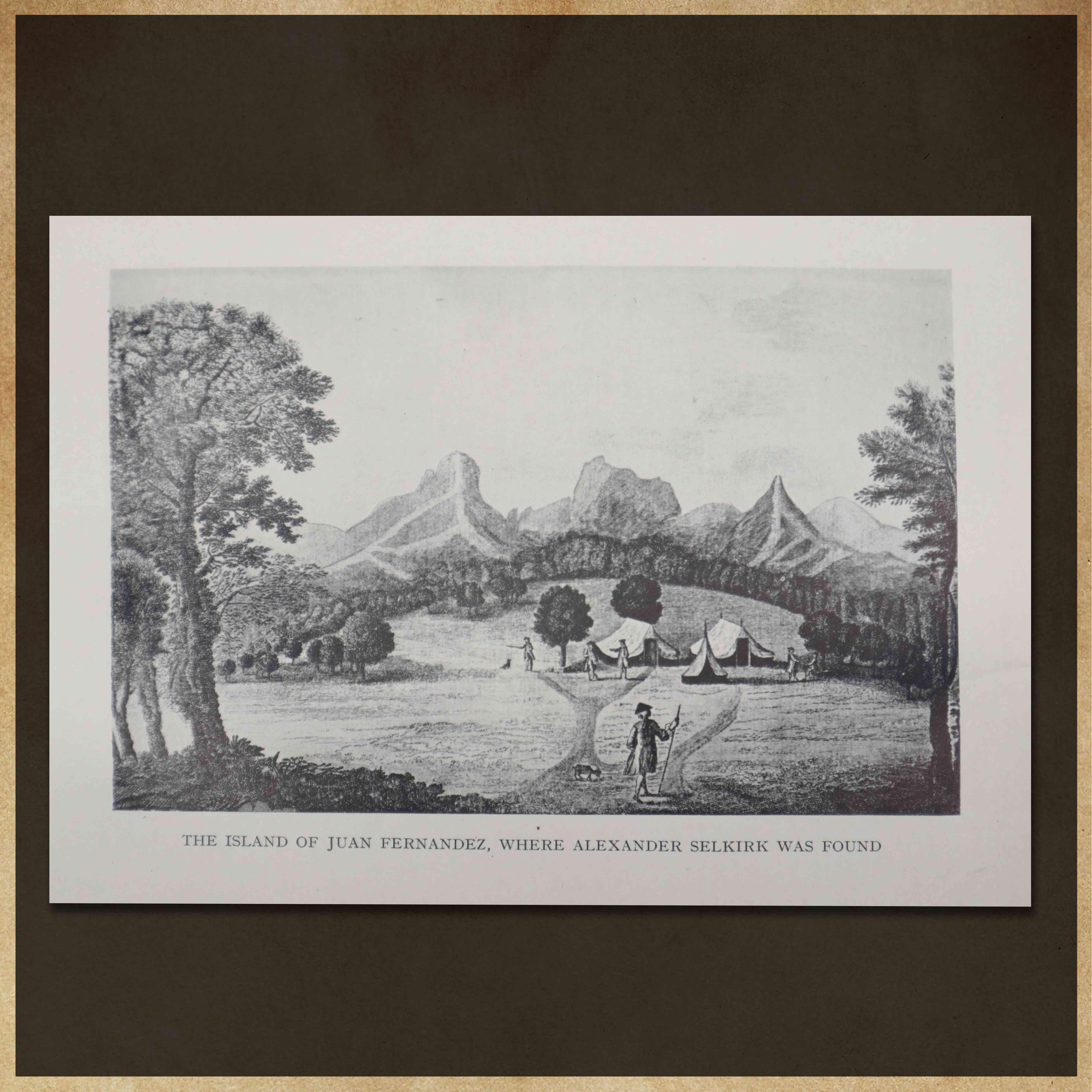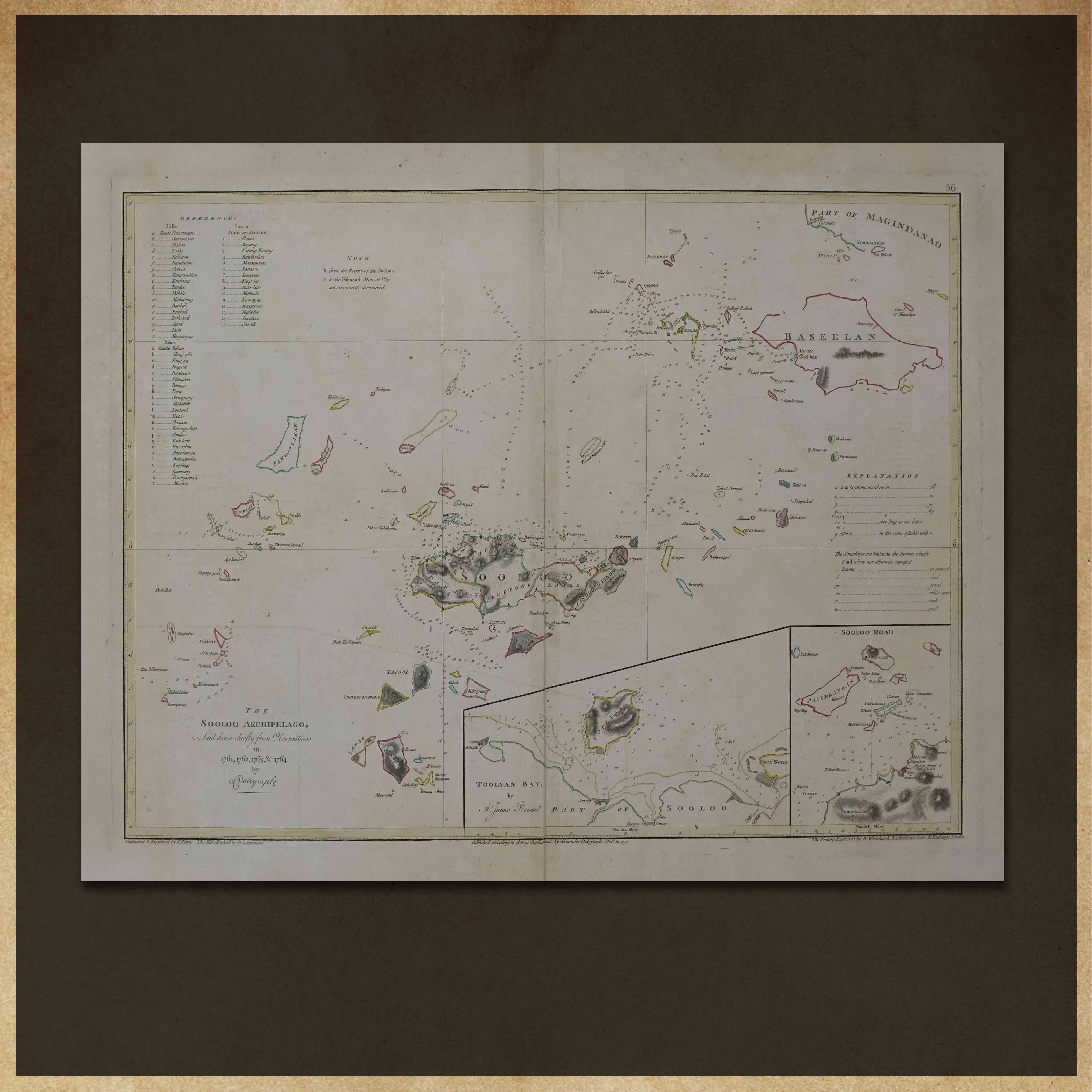The Great Seafaring Scam:
How 18th-Century Traders and Explorers Mastered the Art of the Con
Picture this: You’re a British trader in the 1700s, eager to break into the lucrative fur trade along the Pacific. There’s just one problem—the Spanish and Portuguese have a stranglehold on the best routes, and your British flag might as well be a giant “Keep Out” sign. What do you do? If you’re John Meares, the answer is simple: reinvent yourself as a Portuguese merchant, slap a fake name on your ship’s papers, and sail on like nothing’s amiss.
Meares wasn’t alone in this high-seas charade. The 18th century was rife with traders, explorers, and outright swindlers bending the rules (and reality) to suit their ambitions. From pirates posing as privateers to merchants forging documents for access to restricted ports, the ocean was teeming with deception.
Take Alexander Dalrymple, a hydrographer who wasn’t exactly a con artist but had a knack for exaggerating discoveries and stretching the truth when it suited his career.
And then there were the traders in the East Indies who conveniently “became” Portuguese or Spanish when the situation called for it. Meares wasn’t the only one many European merchants assumed false nationalities to slip past territorial restrictions and customs controls, often carrying forged documents to back up their claims. Some even changed ship flags mid-voyage to avoid trouble or secure better trade deals.
But let’s not forget the storytellers of the age, like Daniel Defoe, who had a long history of false identities himself. Before he became famous for Robinson Crusoe, he was a businessman who dabbled in everything from espionage to pamphlet-writing under fake names. His life was basically one long con with a literary twist. His most famous novel was inspired in part by Alexander Selkirk, the real-life castaway rescued by Woodes Rogers, whose exploits were also chronicled by the legendary William Dampier. Defoe may not have been a sailor, but he certainly knew how to spin a tale and sometimes, a well-told story was just as valuable as a well-forged passport.
These adventurers, fraudsters, and identity-swappers may have sailed centuries ago, but their antics feel strangely familiar today. Maybe that’s why we love a good pirate tale—because deep down, we all appreciate a well-played con (as long as we’re not the ones being tricked).
(ms) Aimer Imai




